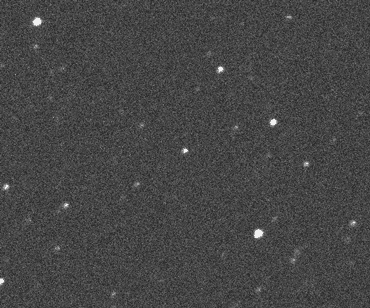New Horizons’ next target caught making a star blink
Knowing object’s specs will help plan Pluto spacecraft’s 2019 flyby of MU69

LYING IN WAIT The New Horizons team spread 24 of these small telescopes around southern Argentina to catch a cosmic coincidence.
SwRI/JHUAPL/NASA








